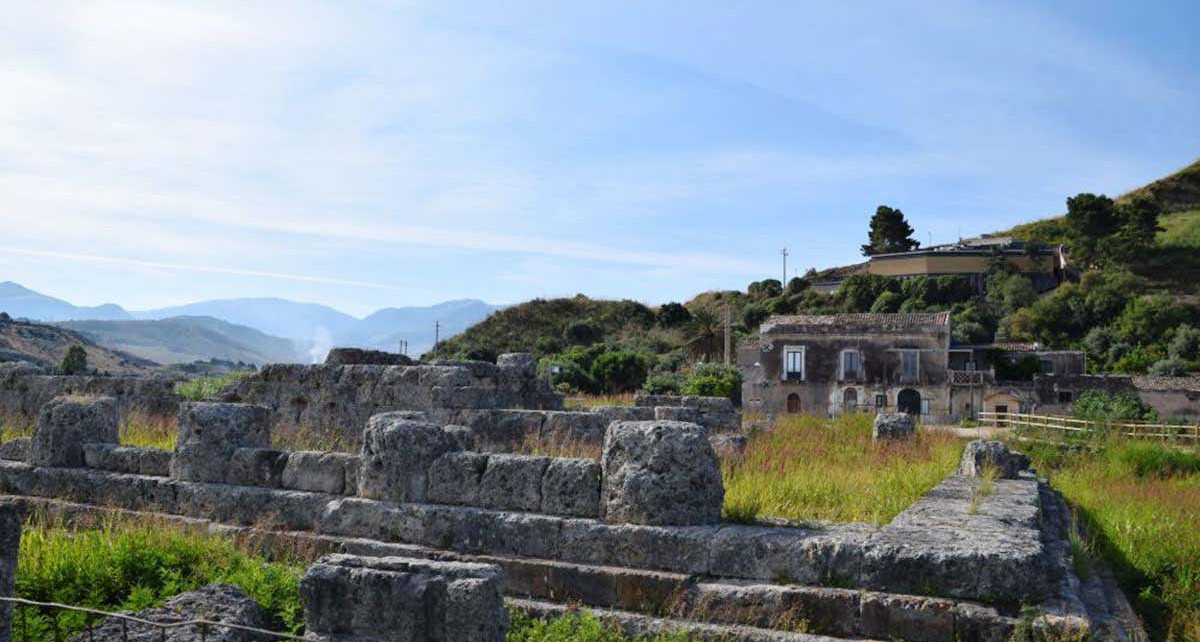[ad_1]

The Temple of Victory at Himera, Sicily, constructed after the first Battle of Himera in 480 BC
Katherine Reinberger
The ancient Greeks relied on help from non-Greek mercenaries when it came to fighting their enemies, suggests an analysis of bodies in 2500-year-old mass graves.
The western Mediterranean witnessed several conflicts between about 2600 and 2300 years ago as a number of Greek-led city-states – including Syracuse on the island of Sicily – fought against the Carthaginians, whose base of power lay in what is now Tunisia. The Sicilian wars were documented by contemporary writers, including Herodotus in his book The Histories. But given that Herodotus was Greek, it is possible that his accounts of the conflicts may have been biased to paint the Greek fighters in a favourable light.
Advertisement
In particular, Herodotus suggests that in 480 BC, during the first Battle of Himera, local soldiers received aid from other Greek allies and successfully defeated the Carthaginians. But during a second battle in 409 BC, the local soldiers went unaided and the city of Himera fell to the Carthaginians.
Following the recent discovery of eight mass graves associated with the Battles of Himera, it is now possible to explore whether Herodotus’s account was faithful or not.
Katherine Reinberger at the University of Georgia and her colleagues analysed strontium and oxygen isotopes from the tooth enamel of 62 individuals from the mass graves, which can reveal whether someone was born and raised locally or not.
The team’s analysis revealed that some historical claims could be validated – there were two battles, about two thirds of the Himeran forces in the first conflict weren’t local while only a quarter in the second battle weren’t from there, and Greek soldiers from outside of the city did fight alongside local Himerans. But the contemporary accounts weren’t entirely accurate: the isotope evidence suggests that many of the non-local soldiers weren’t actually Greek, but came from across the Mediterranean.
“Finding evidence of people who were foreign and maybe not even Greek is unusual and interesting and sort of indicates that maybe ancient communities, and definitely ancient armies, could have been more diverse than we originally thought,” says Reinberger. These foreign soldiers might have been hired mercenaries, she says.
“Isotopic studies suggest that these could have been people hired all the way from the Catalan coast, from the Iberian peninsula, or from mainland Greece or even from the Black Sea coast,” says Mario Novak at the Institute for Anthropological Research in Croatia.
“So, this could have been either Greeks but also some Indigenous people that classical sources considered barbarians. Obviously, these ‘barbarians’ were much more incorporated into the everyday lives of the “proper” Greeks than previously thought,” he says.
The team theorises that historical accounts downplayed the involvement of foreign mercenaries in order to create a more Greek-centric narrative and align the victory of the first battle with Greek successes against other forces they were facing at the time, including the Persians under Xerxes the Great.
Journal reference: PLoS One, DOI: 10.1371/journal.pone.0248803
Sign up to Our Human Story, a free monthly newsletter on the revolution in archaeology and human evolution
More on these topics:
[ad_2]
Source link




